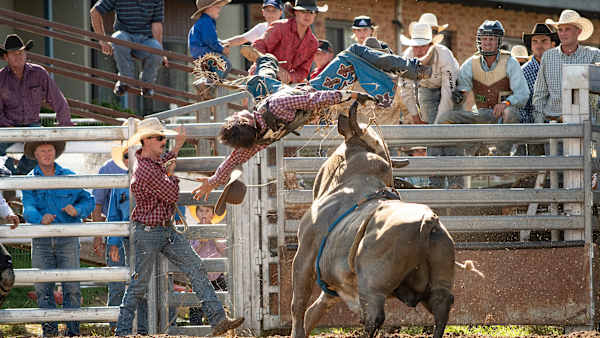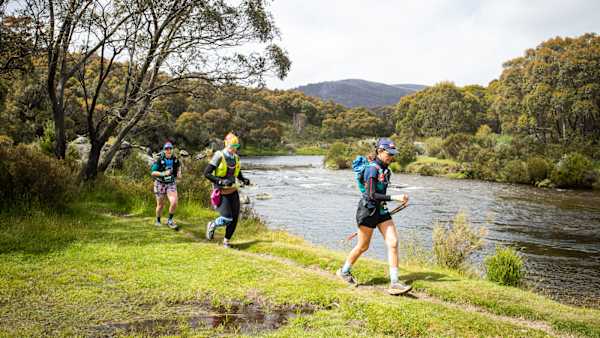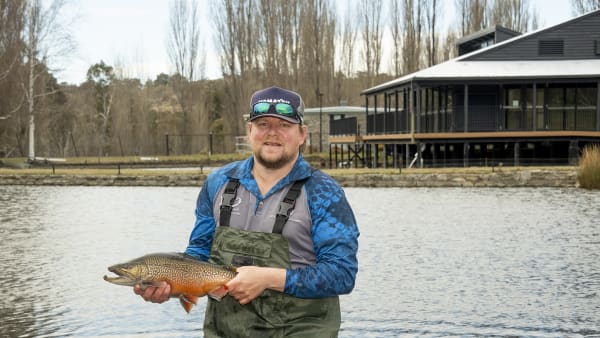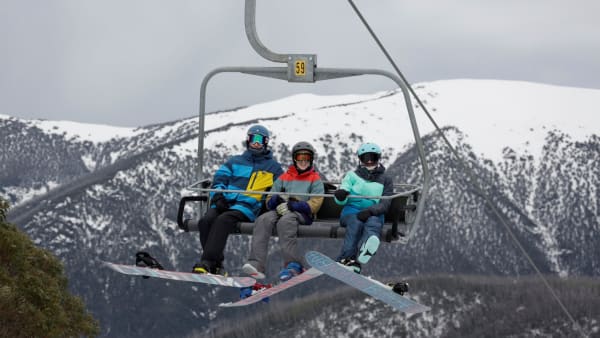WORLD records are never easy to break, Dave Warby can attest to that as he attempts to break his father’s world water speed record set in 1978.
Ken Warby built his own boat and spent years fine tuning it. In 1977 Ken broke the Outright Unlimited World Water Speed Record on Blowering Dam near Tumut with a speed of 288.60 miles per hour. Ken returned in 1978 to Tumut and set his second and current record of 317.60 mph (511.12kmh) which still stands today.
At a recent August outing testing their boat at Blowering, the Warby Motorsport Team reached their fastest speed yet at 447 kilometres per hour. During the weekend they had three runs over the 400 kmh mark.
Crew chief Phil Frawley said the team were very happy with the results.
“We had six runs, which was fantastic. The weather was really, really good. The fastest one we did was 447 which is the fastest we've been so far,” said Frawley.
He said as much as the boat performed well; they do have a slight unwanted sensitivity in the steering. The boat has had several rudder issues in the past, but they had been resolved. But as the boat has now increased speed they need to tinker once again with the rudder.
“We're looking to dampen the rudder, to just reduce the sensitivity, so Dave's got a bit better feel on the wheel, because at the moment, he's losing feel of the wheel because of its sensitivity.”
The rudder in use is a replica what Ken Warby used in his boat all those years ago. Frawley said it has been machined incredibly accurately, making it very sensitive to any steering movement in the cockpit.
“We’ve just got to find a way to desensitize it, and we can do that by putting a dampening rod on the steering mechanism, and also by just blunting the leading edge of it a little bit. So, you know, it's not quite a start at the front. But everything else is going according to plan.”
Now that the boat is fine-tuned, it is critical they increase their speed in small increments. Dave Warby has said from the start that safety is their number one priority. Any slight mistake at this speed could be costly.
“We're just pushing towards 500 (kmh) we've got to do it very, very carefully and make sure that the boat handles really well. And that Dave's not worried about what the boat is going to do,” said Frawley.
Asking about the water they tested on in August, Frawley said “we found also that it's not very good to run in pure glassy water, because the surface tension makes it sort of suck itself down onto the water, and then it releases. So, it does a bit of a porpoise act in pure glass water. So we need a light chop on the thing to break up the surface tension.”
That perfect water would have about 5km of wind, or less, to create the slightest of ripple.
Frawley said many pundits may not realise that in Ken’s era he could just roll up to any waterway when he wanted, put his boat in and test without any notice. Nowadays, the Warby team must follow multiple procedures and regulations, and book the water space well in advance.
“People don't realise, you're doing all this testing, but we're about two thirds along the way of where Ken was, in terms of the number of tests that were done on Ken's boat. The testing is absolutely essential.”
Dave Warby will be back at Blowering Dam for more testing in October. The plan has always been to increase the speed slightly on each run if conditions permit. Once they have reached the world record speed in practice, they will then go for the official record. There is no set date on when this may occur, it all depends on water conditions and boat performance.
Next testing is at The Pines at Blowering Dam, Tumut on October 19-20.
Follow Spirit of Australia II via social media











